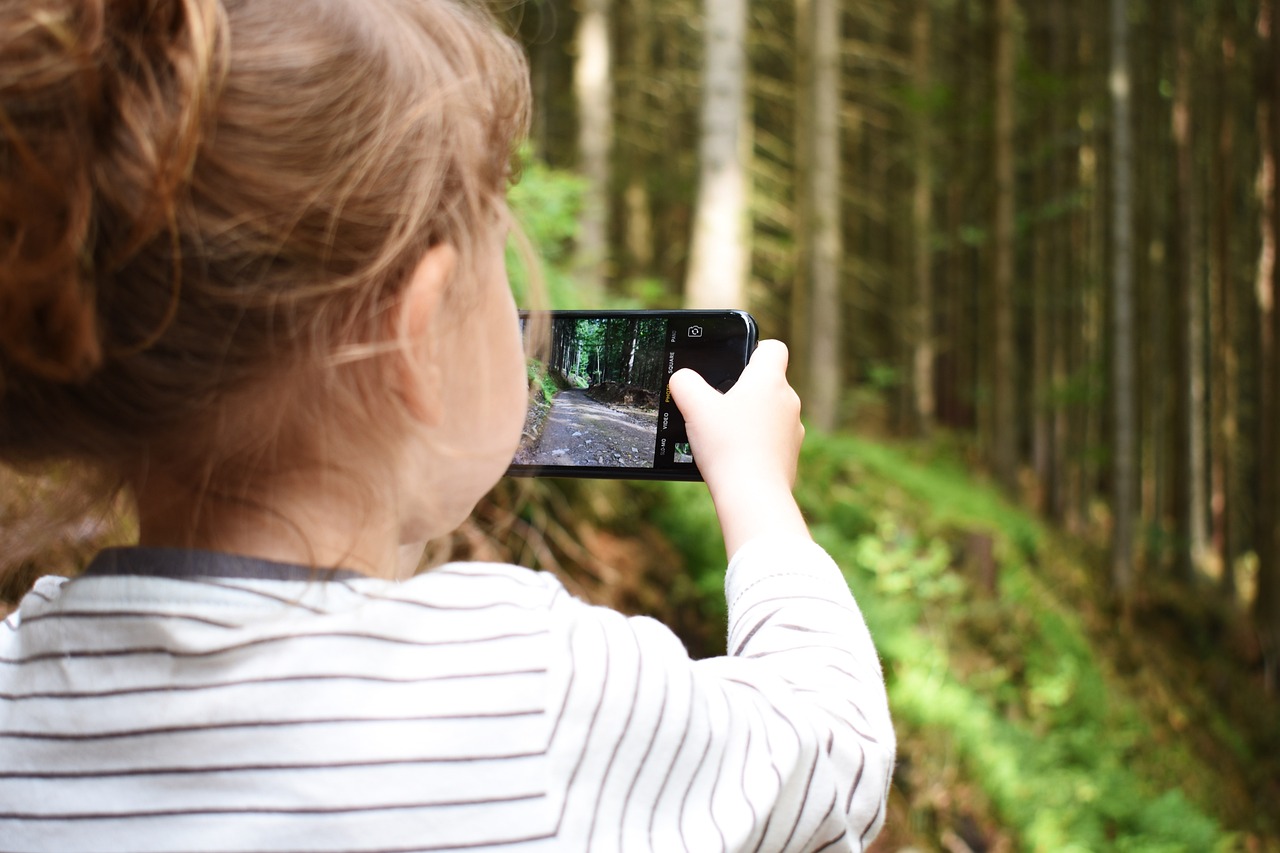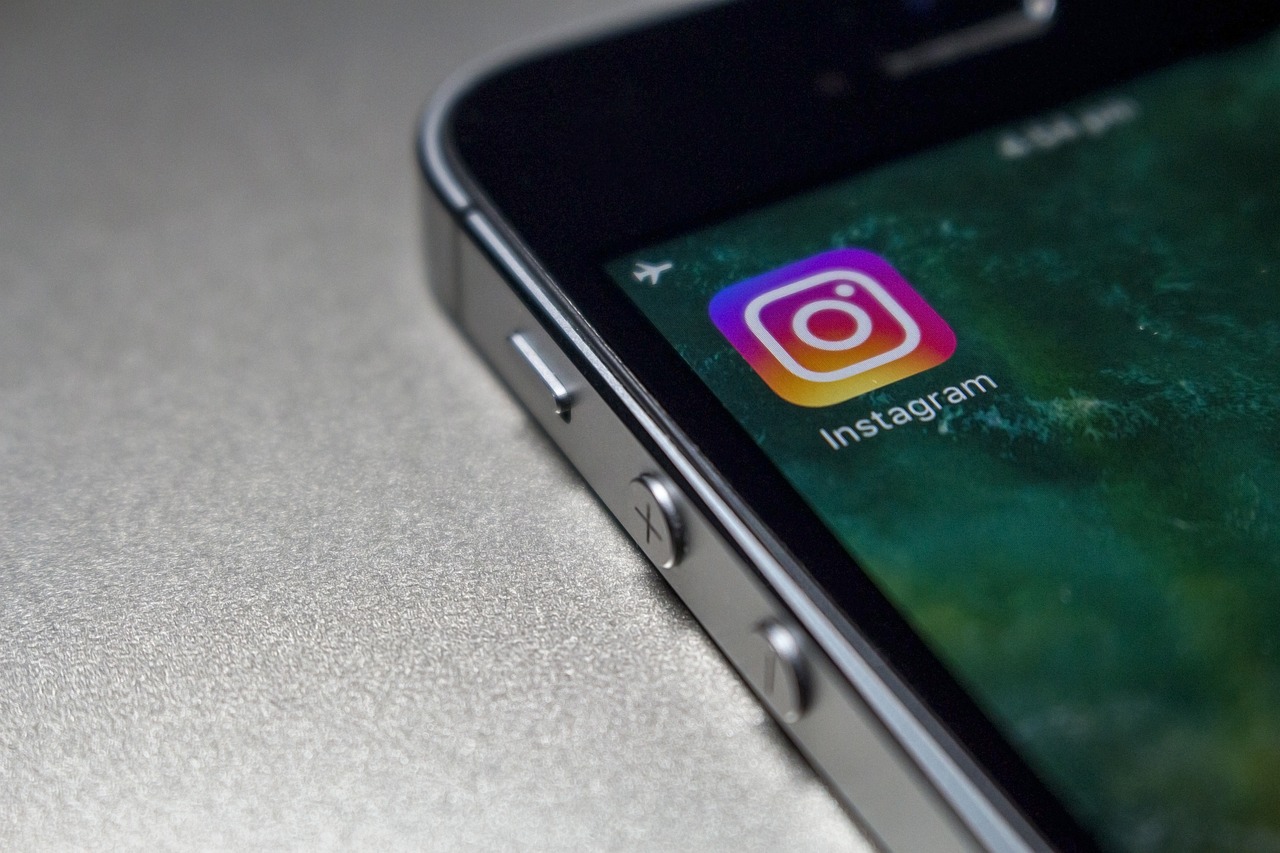YouTube is a platform that offers a vast range of content. While some are educational and beneficial, others may not be appropriate for young audiences. The same applies to other related applications such as YouTube Kids and YouTube Music. These platforms have been created with specific user demographics in mind, yet they contain elements that may not be suitable for all age groups.
Limiting Accessible Apps is more than just parental control; it's about creating safe digital spaces. By restricting access to certain applications like YouTube, we can ensure that inappropriate content does not reach vulnerable populations. However, this doesn't mean denying them the benefits these apps offer completely.
To effectively limit accessible apps without entirely blocking out useful resources requires a balanced approach. It’s important to recognize the value these applications bring towards education and entertainment. Children today rely heavily on online resources for their studies - from researching information for school projects to learning new skills through tutorial videos on YouTube.
Yet at the same time, unrestricted access poses potential risks. From exposure to harmful content to overuse leading to screen addiction – there are numerous concerns linked with unrestricted use of such platforms by young users.
The key lies in being able to implement app usage limitations wisely. Parents and educators must understand what content each app provides, its pros & cons before deciding whether or not it should be restricted.
Moreover, involving children in discussions regarding why certain apps are being limited can foster understanding rather than resentment. In fact, teaching them how to use these platforms responsibly can promote better digital citizenship in long run.
Implementation of tools that restrict app accessibility should also be considered as part of broader strategy including regular open conversations about online safety norms which can empower children to make smart decisions about their own digital usage.
Limit Accessible Apps is not about censorship, but rather the creation of a safer, more manageable digital environment. It's a way to ensure that our technology serves us and not vice versa. As we continue to navigate this increasingly digital world, finding ways to limit access to certain apps like YouTube will remain an important aspect in maintaining balance between utility and safety.
In conclusion, Limiting Accessible Apps is a necessary practice in today's digitized society – it ensures safety while still reaping benefits of technological advancements. By striking right balance between restriction and freedom, we can provide safe yet productive digital experiences for younger generations.

Toggle Notifications: Managing YouTube Notification Settings
